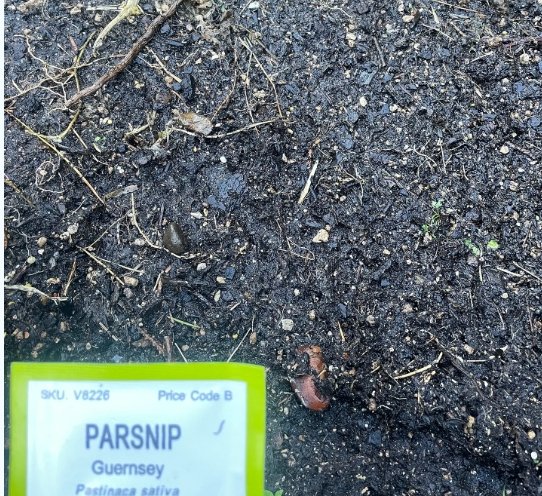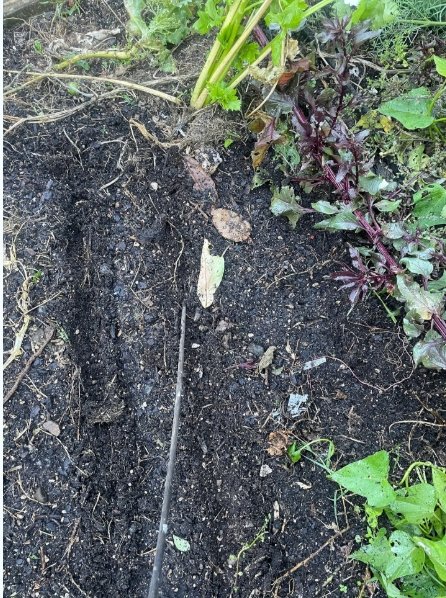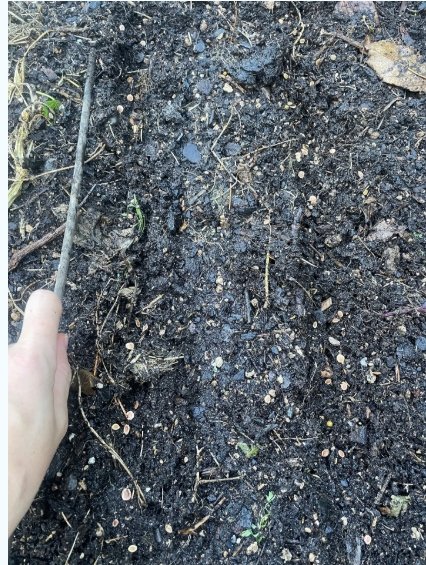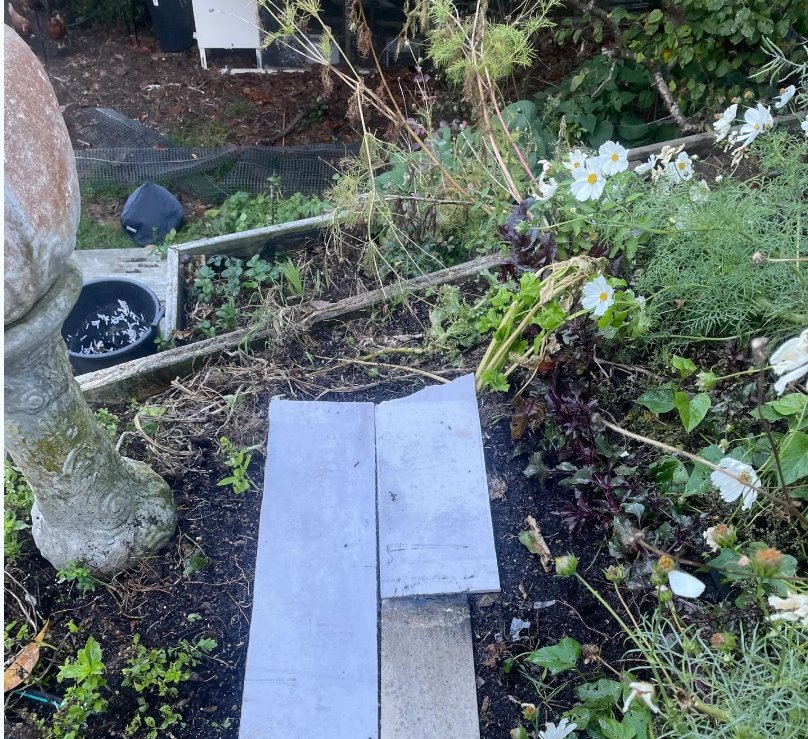Autumn/Winter planting
Before anything else happens- I have put this up early because Ridgway school asked me to donate to their fundraiser and the silent, online auction starts very soon! There are heaps of cool things to bid on (given I basically live at CouCou, and there are holiday homes, and all sorts of wonderful things)… but more importantly, you can bid on ‘a morning’s’ gardening from our little biz, which is intentionally left vague so you can get what you need out of the visit (there is padding in there for green waste removal, some mulch, bringing our big chipper, a long walk around your garden to talk about what could be done… or going hard and doing extra time). Please bid! Funnily enough my kid didn’t go there, but inexplicably most of her friend group did, and it raised some pretty great kids.
Here is the auction with all of the listings,
Go bid, and compete with me on… a backyard chickens workshop, or an interislander voucher, or a stay in Taupo…!
Anyway on with the show! This has been a touch difficult to write, as I have mentioned this year has been my first year in our new house, so I have left most of my plants to self seed everywhere, and not done a thing about any sort of sowing..
On the weekend I schlepped out after a long nap and figured I had to do something productive (why does it always feel like 4pm in Autumn, even when it is closer to midday). I then put off posting this because of the storm, and now I am sitting here rereading it as a storm comes in after a week of sunshine. Humpf.
Parsnips
Parsnip, and any root vegetable, is best sown by seed. Some of us (me) hate sowing seed, because you have to make totally sure that you will remember where you planted everything! But you don’t really have a choice. Terrible, badly growing root veg, or root veg grown by seed. So.
(also, this information is identical for carrots, and I know that many people struggle with germinating carrots, so here you go)
Clear the ground, and give it a little rake (I just use my fingers). If your soil is clay, no worries, you may need a literal metal rake. Then soak it with the hose.
Use a stick, hoe or your fingers, make some not-very-deep valleys in the soil- about 2cm/1 inch deep. Don’t put them too close together, about 20cm or so apart. You might find that you need to water a bit more, if you find some dry patches in the soil. All good. Soak it!
Gently tap your seeds out of the pack, into the valleys in the soil. As you can tell, I am not particularly careful here, because I will pull some quite early on, only about half will grow into mature parsnips. The parsnip seeds are the little round things!
Then cover your rows with a piece of wood- or, in my case, a big piece of non-treated plasterboard (GIB). This will keep the seeds moist until they germinate, which is what will ensure that they do, actually, germinate.
And because my GIB was pretty dry, I soaked it again for good measure- if you are using particularly dry wood, give it a bit of soaking too.
After a week, start checking in every 2-3 days, and once more than half of the seeds have started to germinate, you can take off the wood/GIB.
This is a crop that you have to keep weeded! Use a hoe to keep cutting down weeds as the germinate in between the rows, and leave the weeds germinating between the seedlings themselves. The root crops hate to be disturbed- sometimes I will even just cut weeds down to the ground with secateurs if they get too big. Once the root crops are bigger (like, 30cm high green on top) you can weed between them, and also pull the smaller ones out and eat ‘em as littlelies.
The only other things I have to add here are that you don’t grow these on heavily fertilised beds. They are a great winter crop because they don’t like nitrogen and won’t grow good roots if you put nitrogen in the soil- so you can chuck them in after your summer crops without adding anything to the soil. Parsnips also get sweeter with frosts, so letting them develop during the colder parts of Winter and pulling them in late Winter will make for a yummier crop.
Broad Beans
I am eternally sad that broad beans are not eaten very much. As a vegan, they are a bit of a lifesaver (and cheap!) as an alternative to beans I’d otherwise have to add dry or from a can. You just have to pick them before they become massive giant-thumb size.
You can also dig broad beans (the plants, with or without the beans) back into the soil about a month before you want to plant in the soil. They will stop weeds from coming up (or if there are weeds, you won’t see them!), pollinators are grateful for the food during one of the colder, less flower filled months, and they fertilise the soil really well.
Broad beans are also super tolerant of lazy seed-planting practices, and the seeds are easily saved for next year. Sold? Here we go.
Clear some ground- I like to plant them up against a wall or on the edge of a garden bed as they get really tall and need to be staked and tied.
Plant sideways, as pictured. And plant them in a checkerboard fashion, about 15cm apart. This is quite close together- you can definitely plant them further apart- if you like carefully curated lines, I would go 25cm apart in a line.
Then wait! Stake them as they get taller. Expect to need 2 stakes or so per plant.
Sweet peas
This is a good time of year to plant sweet peas- although if you wait till Spring, the plants will catch up relatively quickly.
Moving them once they have started growing can be a bit of a nightmare, those roots bed in pretty hard, and they tend to self seed and return annually- so pick your spot well, dig in some good compost or vermicast, and plant the seeds gently about 2cm/1 inch deep. Cover over the soil and press it down. I find that 20cm apart will give you a pretty good wall of sweet peas- they need a fence or trellis to climb up, and the time to set that up is now.
Sweet peas tend to tolerate frosts quite well, but if your location gets below freezing, wait till Spring. So they are just fine in Wellington!
Spinach
Spinach loves this time of year. You can plant it as seedlings from the shop or direct sow seeds. I always let one of my spinach plants go to seed, and gently move seedlings around once they have some strength to them (the stems thicken up)
Here are mine, popping through the wool mulch, I’ll divide and move them around in a few weeks when they’re a bit bigger.
Welp, that’s all I can cram into my garden this time around, in a month or so I will put in my garlic, which will be another post :)
Have a fantastic weekend everyone!





